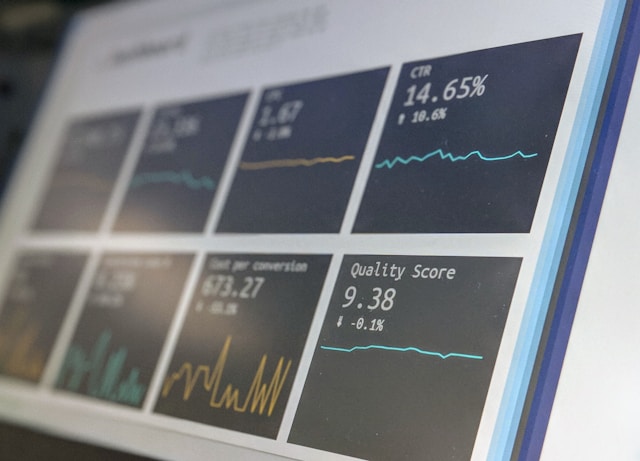The Evolution of Patient and Staff Monitoring
In today’s fast-paced healthcare environments, knowing the real-time location of patients is no longer a luxury—it’s a necessity. Real-Time Location Systems (RTLS) have emerged as a game-changing technology, transforming how healthcare facilities manage patient flow, ensure staff safety, and optimize care delivery. By providing instant, accurate location data, RTLS is revolutionizing healthcare operations, enhancing patient experiences, and creating safer work environments for healthcare professionals.
From Location Data to Patient Care Insights
RTLS in healthcare goes far beyond simple tracking. Modern systems collect a wealth of data points, including patient locations, staff safety, and even equipment utilization. Advanced analytics platforms process this information, uncovering patterns and insights that were previously invisible. Real-time dashboards offer instant visibility into patient wait times, staff workload distribution, and potential bottlenecks in care delivery. Predictive algorithms can now anticipate patient flow issues before they occur, allowing proactive adjustments to staffing and resources.
Transforming Patient Care Through Real-Time Tracking
The impact of RTLS on patient care is profound and multifaceted. In emergency departments, patient tracking has dramatically reduced wait times and improved triage efficiency. Staff can instantly locate patients, ensuring timely delivery of care and reducing the risk of patients being overlooked during busy periods. For inpatient care, RTLS enables precise monitoring of patient movements, which is particularly crucial for at-risk patients prone to wandering or falls.
Perhaps most importantly, RTLS has significantly enhanced the coordination of care teams. When a patient needs immediate attention, the nearest appropriate staff member can be quickly identified and alerted. This capability has proven particularly valuable in time-critical situations, potentially saving lives by reducing response times.
Ensuring Staff Safety and Optimizing Workflows
For healthcare staff, RTLS has become an indispensable tool for enhancing safety and efficiency. In potentially dangerous situations, staff can quickly signal for help using RTLS-enabled badges, allowing for immediate location and response. This feature has been particularly valuable in psychiatric units or high-stress environments where staff safety is paramount.
Beyond safety, RTLS has revolutionized staff workflow optimization. By analyzing movement patterns, healthcare facilities can identify inefficiencies in layouts or processes. Some hospitals have reported up to 20% improvements in staff productivity after optimizing workflows based on RTLS data. Additionally, automatic time and attendance tracking has reduced administrative burdens, allowing healthcare professionals to focus more on patient care.
Improving Patient Experience and Satisfaction
RTLS has become a powerful tool for enhancing patient satisfaction. Digital wayfinding systems, powered by RTLS, help patients and visitors navigate complex hospital environments with ease. Some facilities have implemented systems where patients receive real-time updates on their expected treatment times, reducing anxiety and improving overall experience.
Family members of patients can also benefit from RTLS. In surgical settings, for example, families can receive automated updates about their loved one’s progress through different stages of surgery and recovery, providing peace of mind and reducing the workload on staff to provide manual updates.
The Future of Patient and Staff Tracking
As RTLS technology continues to evolve, we can expect even more sophisticated applications in healthcare. Integration with artificial intelligence promises to deliver even more accurate predictive capabilities, potentially foreseeing and preventing adverse events before they occur. Wearable technology is likely to become more seamlessly integrated with RTLS, providing not just location data but also real-time health metrics for both patients and staff.
The future may also see greater interoperability between RTLS and other hospital systems, creating a more holistic view of hospital operations and patient care. This integration could lead to automatically optimized patient schedules, dynamically adjusted staffing levels, and even more personalized patient care plans.
As healthcare continues to face challenges of efficiency, safety, and quality of care, RTLS stands out as a technology that addresses all these aspects simultaneously. By providing real-time insights into the movements of patients, staff, and assets, RTLS is not just improving operational efficiency—it’s fundamentally enhancing the quality and safety of healthcare delivery.

